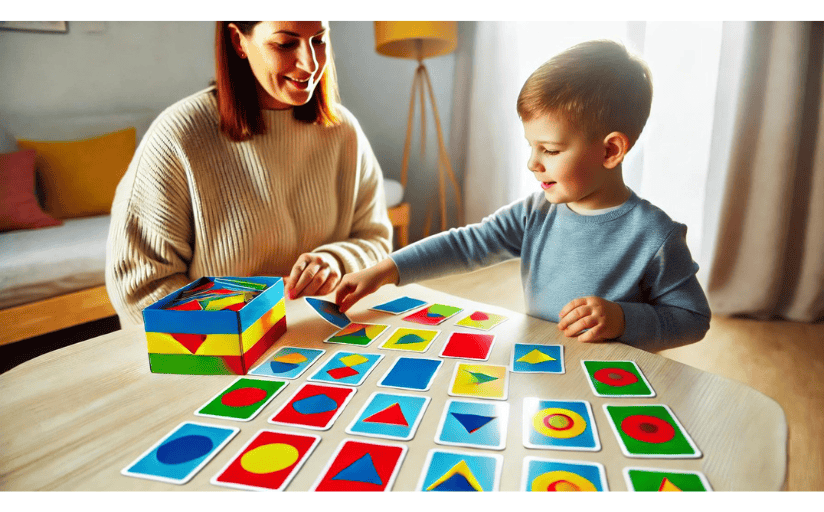According to researchers, pattern recognition correlates more closely with general intelligence than any other mental skill. When I heard that for the first time, I spent a good two or three hours making my own set of color and shape flash cards so I could start playing matching games with my two-year-old son.
In addition to helping with math skills, pattern recognition contributes to social development and – you guessed it – language. Creating parallel structure with lists is one of the most obvious examples of patterns in language. This concept extends to parallel headings as well. In both headings and lists, using parallel structure enhances clarity and readability.
Surprisingly, errors in parallel structure are also among the most common writing problems, but we can show you how to fix them.
What It’s All About
As humans, we naturally seek consistency. There are countless studies on how routines positively affect children’s development. In the same way, readers feel much more comfortable with language that reflects solid structural organization. In order to have correct parallel structure, all elements of a list should be grammatically equal.
An error in parallel structure looks might look something like this:
I love hiking, to swim, and biking.
In this sentence, the list includes:
- hiking (gerund)
- to swim (infinitive)
- biking (gerund)
The mix of gerunds and an infinitive disrupts the parallel structure, making it awkward to say and somewhat difficult to understand.
A similar error occurs in this example as well:
GPS units can allow administrators to track packages conveniently, as well as notifying the sender when their order has arrived.

How To Fix Errors
As an editor, whenever I run into an error in parallel structure, I can’t help but sing a little Sesame Street song to myself, “One of these things is not like the others….” Thankfully, it usually isn’t difficult to fix the problem. Once I have located the word or clause that doesn’t follow the pattern, all I have to do is change it so that the structure is consistent.
Correct parallel structure should use the same grammatical forms and have consistency in phrasing.
In other words, this is how the earlier examples should look:
I love running, dancing, and biking.
GPS units can allow administrators to track packages conveniently and notify the sender when their order has arrived.
Strive for Simplicity
By using parallel structure whenever you write, you will be able to convey your message much more clearly. Your writing will also be a lot more compelling, even if your readers aren’t familiar with the term “parallel structure.”
As I think about it, I am astounded to see how many “difficult” linguistic principles can be simplified and explained as basic patterns. Can you think of any surprising places that simple patterns seem to pop up?


Leave a Reply